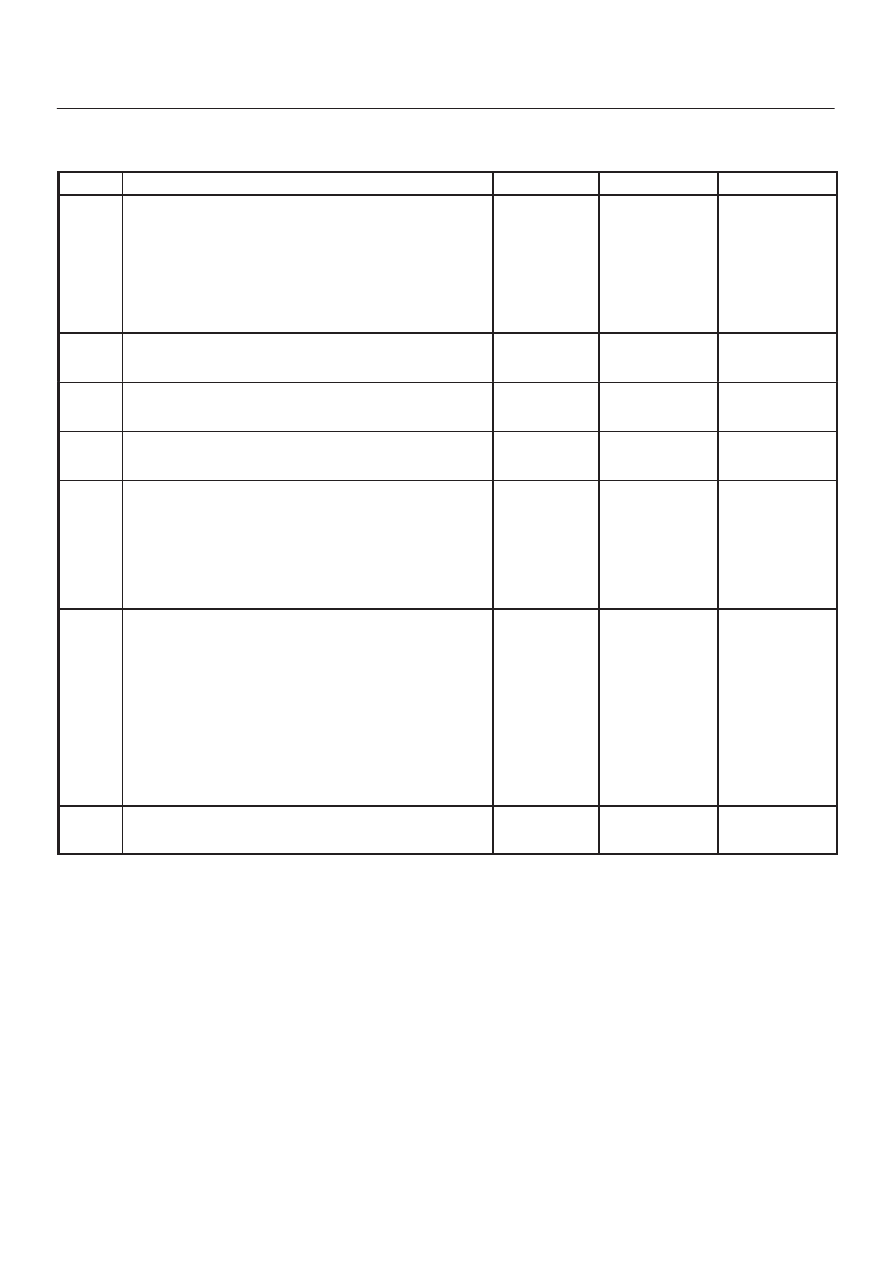Content .. 1314 1315 1316 1317 ..
Isuzu Amigo / Axiom / Trooper / Rodeo / VehiCross. Manual - part 1316

6E1–340
RODEO Y22SE 2.2L ENGINE DRIVEABILITY AND EMISSION
DTC P1134 – O2 Sensor Transition Time Ratio (Bank 1 Sensor 1)
(Cont'd)
Step
No
Yes
Value(s)
Action
6
1. With Bank 1 HO2S 1 disconnected, jumper the high
and low (PCM side) signal circuits to ground.
2. Ignition ON.
3. Using a Tech 2, monitor the Bank 1 HO2S 1 voltage.
Does the Tech 2 indicate less than 10 mV and
immediately return to about 450 mV when the jumper is
removed?
—
Go to Step
10
Go to Step
11
7
Repair condition as necessary.
Is the action complete?
—
Verify repair
—
8
Check for faulty PCM connections or terminal damage.
Is the action complete?
—
Verify repair
Go to Step 9
9
Repair open, short or grounded signal circuit.
Is the action complete?
—
Verify repair
Go to Step 6
10
Remove the Bank 1 H02S 1 and examine it for signs of:
D
Fuel contamination;
D
Improper RTV sealant (white powdery coating on
sensor);
D
Engine oil/coolant consumption.
Were signs of contamination observed?
—
Go to Step
13
Go to Step
12
11
Replace the PCM.
IMPORTANT: The replacement PCM must be
programmed. Refer to On–Vehicle Service in
Powertrain Control Module and Sensors for
procedures.
And also refer to latest Service Bulletin.
Check to see if the Latest software is released or not.
And then Down Load the LATEST PROGRAMMED
SOFTWARE to the replacement PCM.
Is the repair complete?
—
Verify repair
—
12
Replace the Bank 1 H02S 1.
Is the action complete?
—
Verify repair
—